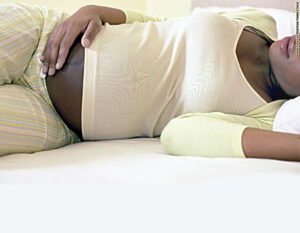
By Gom Mirian
The World Health Organisation (WHO)has said, anaemia affects 269 million young children and 571 million women globally.
The organisation that made this disclosure in a statement on Friday to announce its first-ever comprehensive framework lowering anaemia, urged nations to accelerate action to cut the prevalence of anaemia in women of reproductive age in half by 2025.
The statement added that the world is not on pace to meet the global target and that anaemia reduction efforts have advanced slowly.
The WHO also said that in 2019, anaemia afflicted 30% of women between the ages of 15 and 49, 37% of pregnant women, and 40% of children between the ages of 6 months and 5 years. Claiming that low and middle-income nations are where it is most common.
The Director, WHO’s Department of Nutrition and Food Safety, Francesco Branca stated that anaemia worsens pregnancy outcomes, lower cognitive function, hinders growth and development, and raises the risk of infections and mortality, adding it is a reliable predictor of general health.
He said: “Most work on addressing anaemia has been focused on the prevention and treatment of iron deficiency.
“However, anaemia is a complex condition with multiple causes – including other nutritional deficiencies, infections, inflammation, gynaecological and obstetric conditions, and inherited red blood cell disorders.”
The new framework sets forth ways to address the direct causes, risk factors and broad social inequities that are fundamental drivers for anaemia.


